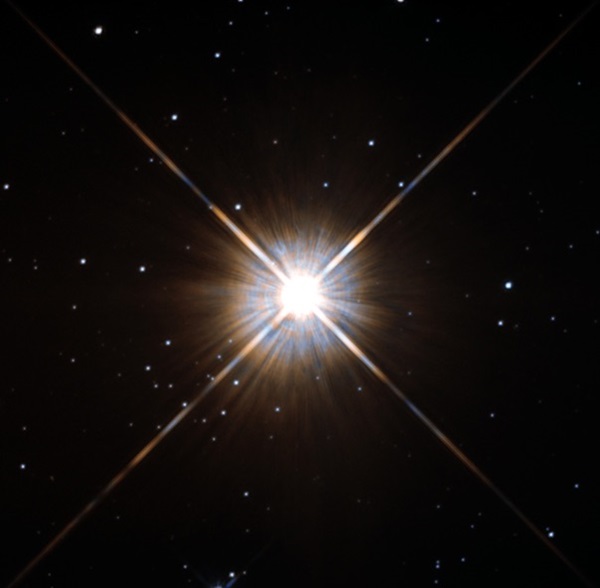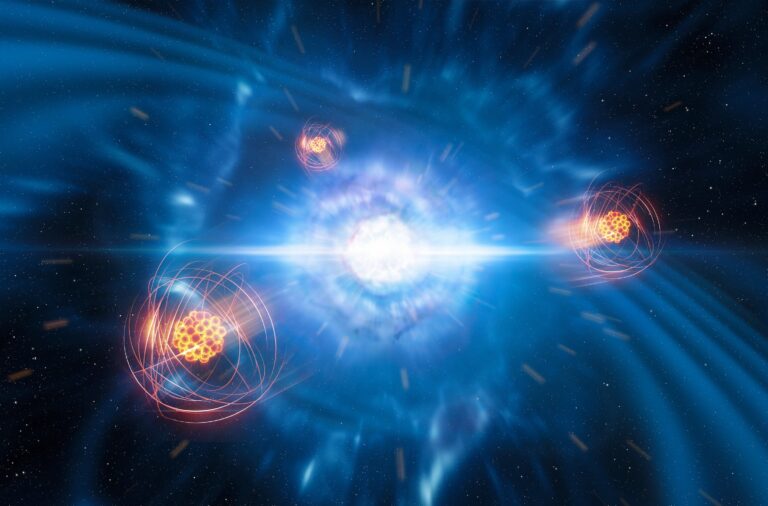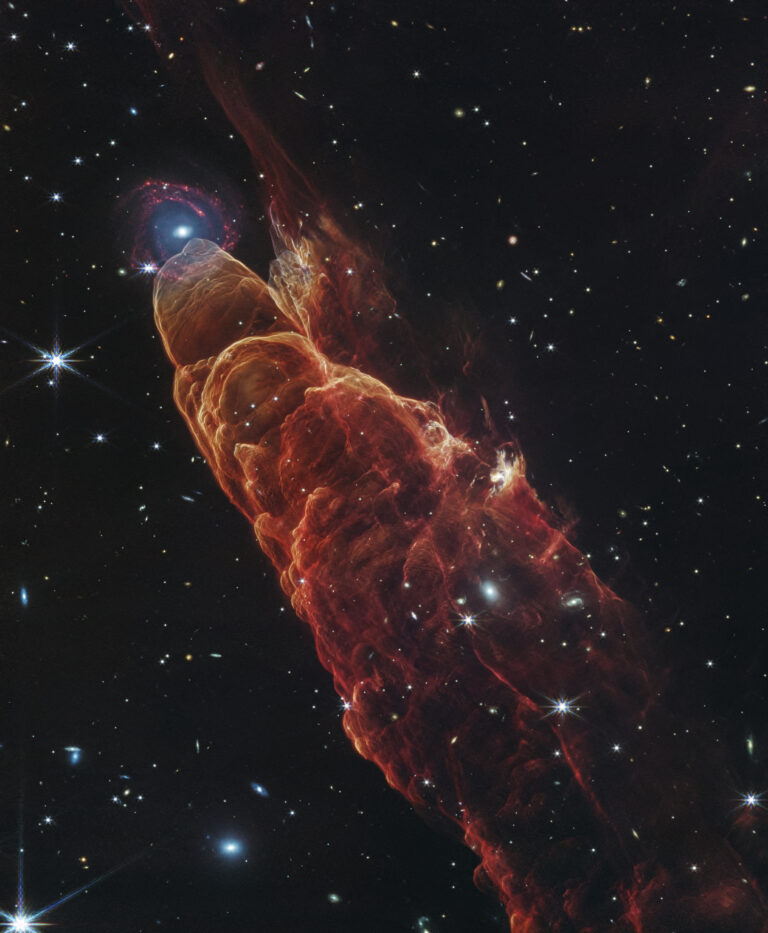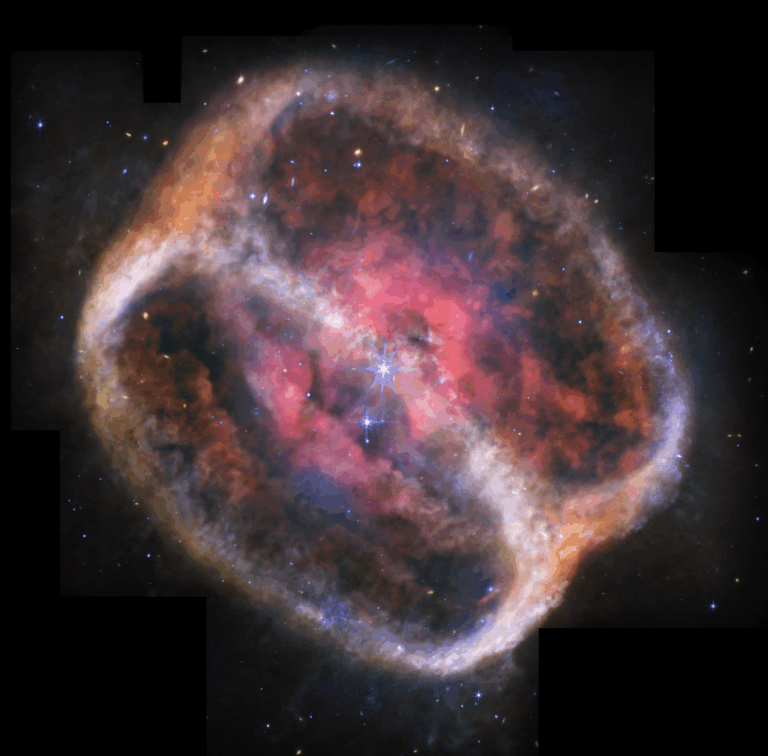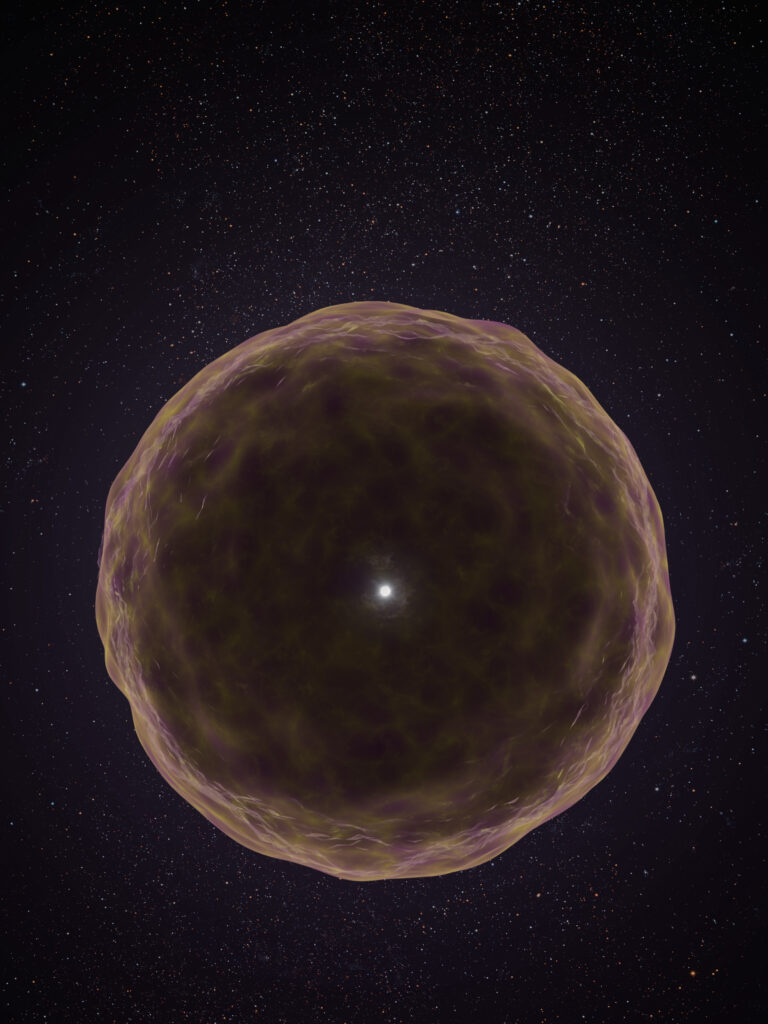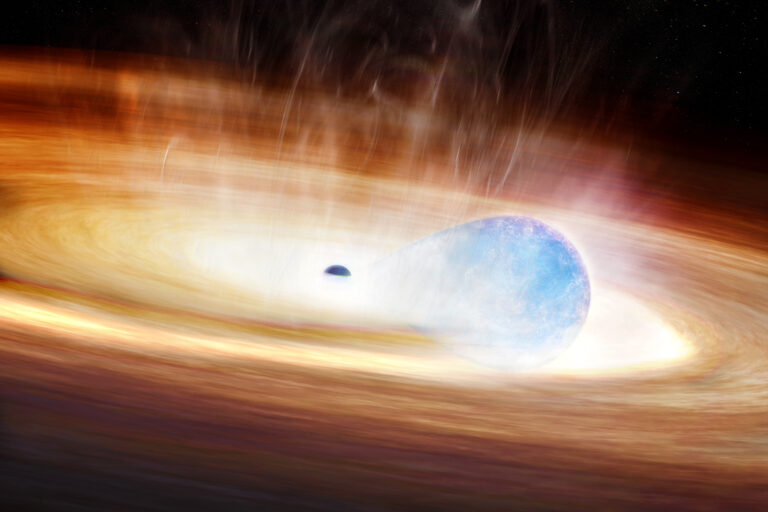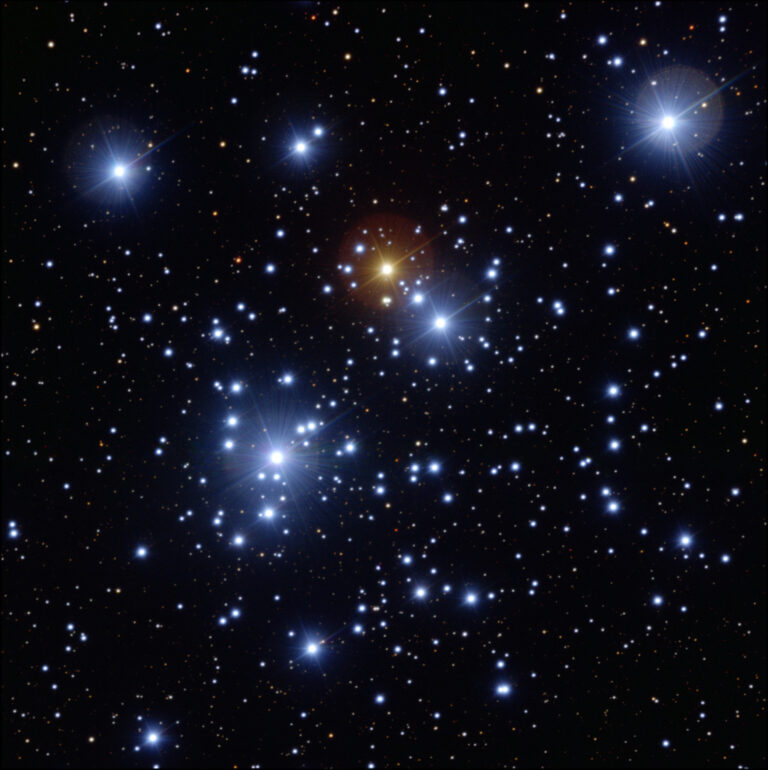Key Takeaways:
- Both red dwarf and solar-type stars initiate nuclear fusion of hydrogen into helium, marking a similar early life stage.
- Red dwarfs exhibit significantly longer hydrogen-burning lifespans compared to solar-type stars, due to their lower luminosity and fuel conservation.
- Differing evolutionary pathways emerge as hydrogen fuel depletes; solar-type stars evolve into red giants, while red dwarfs increase in temperature and slightly in brightness.
- Both star types ultimately conclude their lives as white dwarfs, although their compositions (carbon/oxygen vs. helium) and mass retention differ.
Q: Do red dwarf stars go through the same life cycle as stars like the Sun, or is their process different?
A: While both red dwarfs and stars like the Sun (solar-type stars) begin and end their lives similarly, their paths diverge during the intermediate stages.
A few million years after their birth, a star’s central core reaches a temperature high enough to support sustained nuclear reactions, generating energy by fusing hydrogen into helium. During this phase of evolution, red dwarfs and solar-type stars behave relatively similarly. One major difference is that red dwarfs are much dimmer and hoard their nuclear fuel over longer spans of time. So, while a solar-type star can burn hydrogen for only about 10 billion years, some red dwarfs can do so for trillions of years.
But, as the stars grow older and eventually exhaust their hydrogen fuel, changes between their life cycles begin to show. At this stage, solar-type stars grow into red giants, becoming much brighter, larger, and somewhat cooler (hence their red appearance). In contrast, red dwarfs remain small in radius but become slightly brighter and hotter (appearing blue). Another key difference is that stars like the Sun can successfully burn helium into carbon and oxygen, whereas small stars cannot and are left with a largely helium composition after exhausting their hydrogen supply.
Despite these differences, the endgame is similar for both types of stars. After all of the possible nuclear reactions have been carried out, both types of stars end their lives as white dwarfs. The solar-type stars blow off much of their original mass and are composed primarily of carbon and oxygen as they condense into white dwarfs. Red dwarfs retain most of their original mass and become white dwarfs composed primarily of helium. Regardless of their composition, these stellar remnants no longer actively generate energy via nuclear processing. Instead, they shine with the residual energy left over from their previous epochs of stardom.

